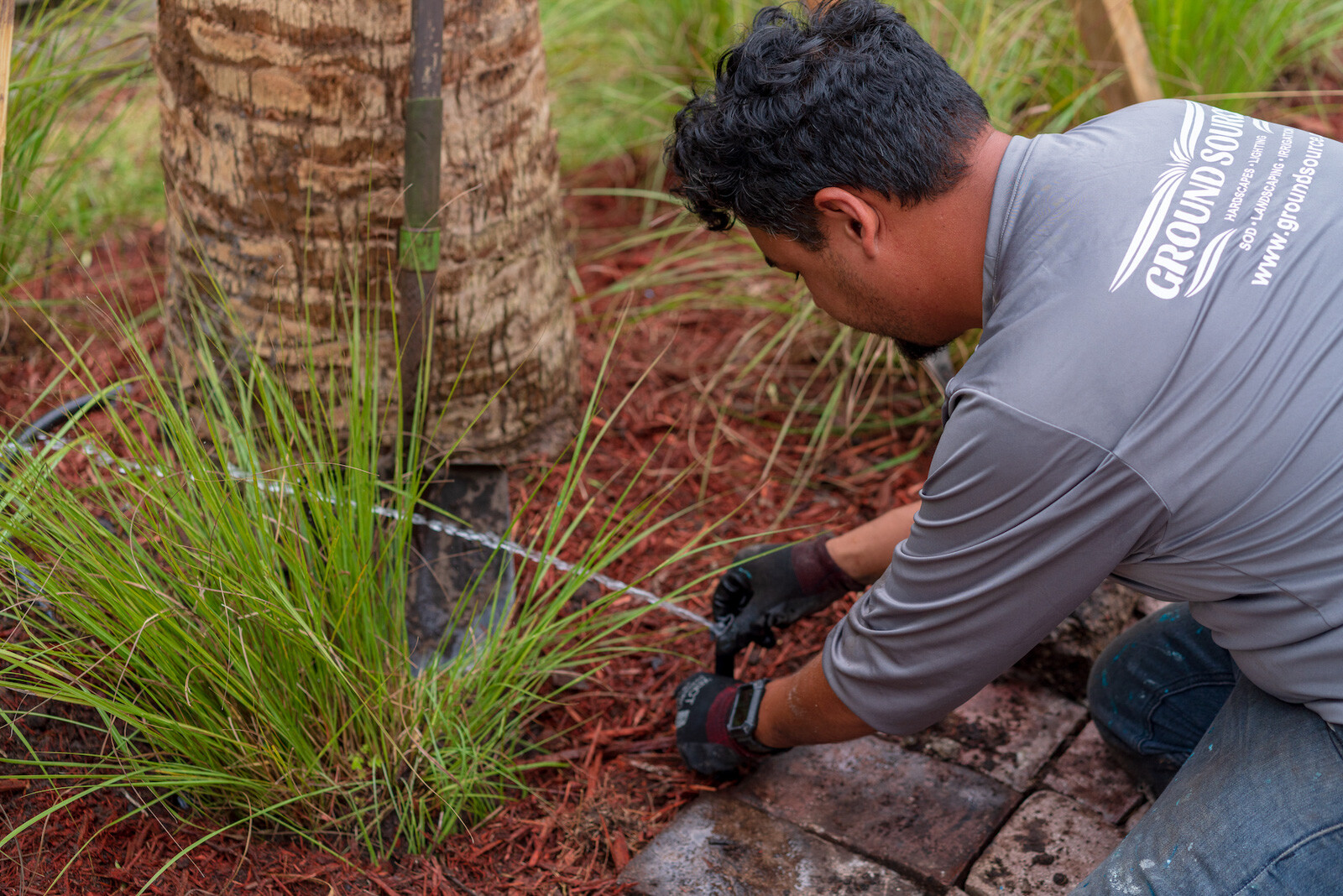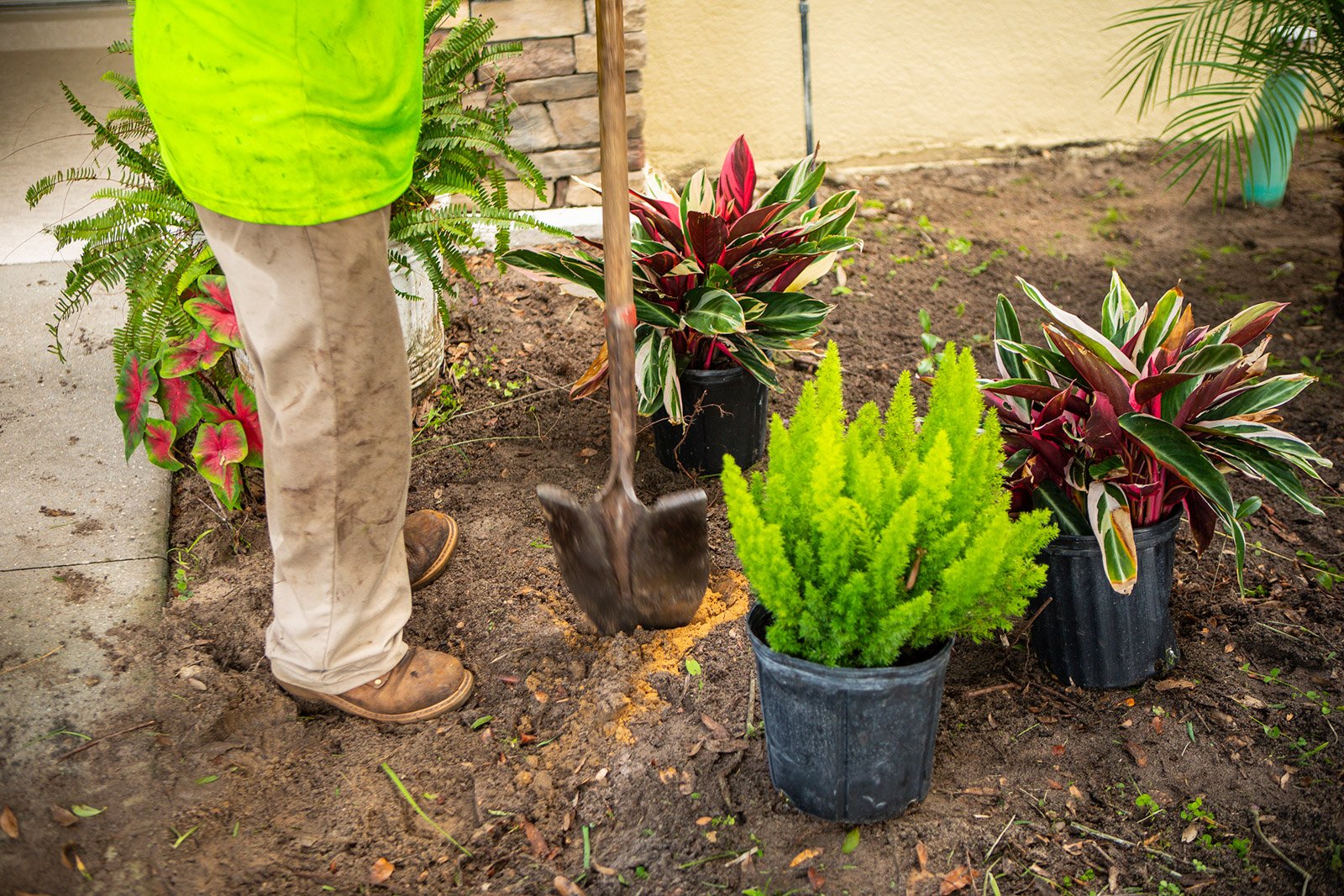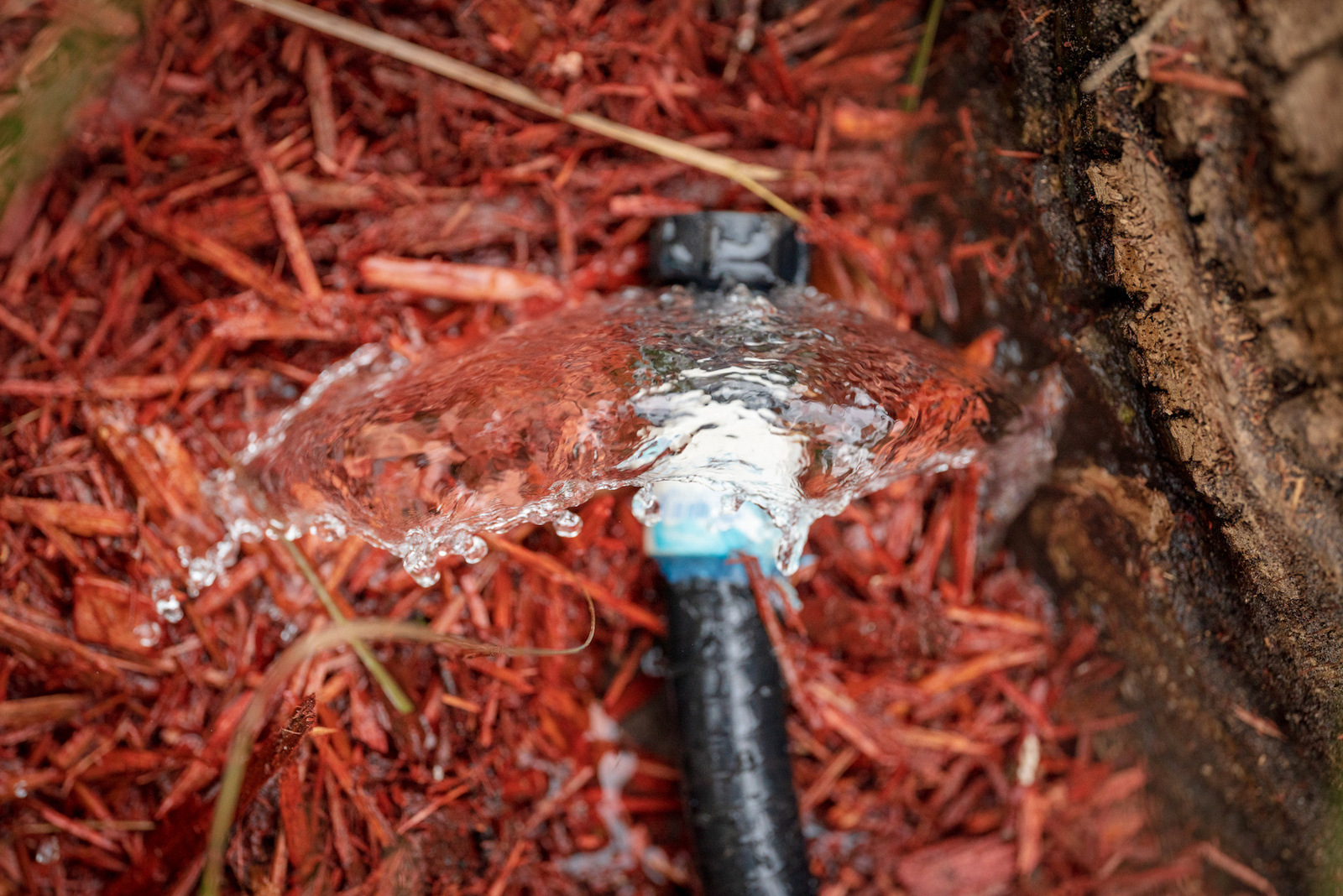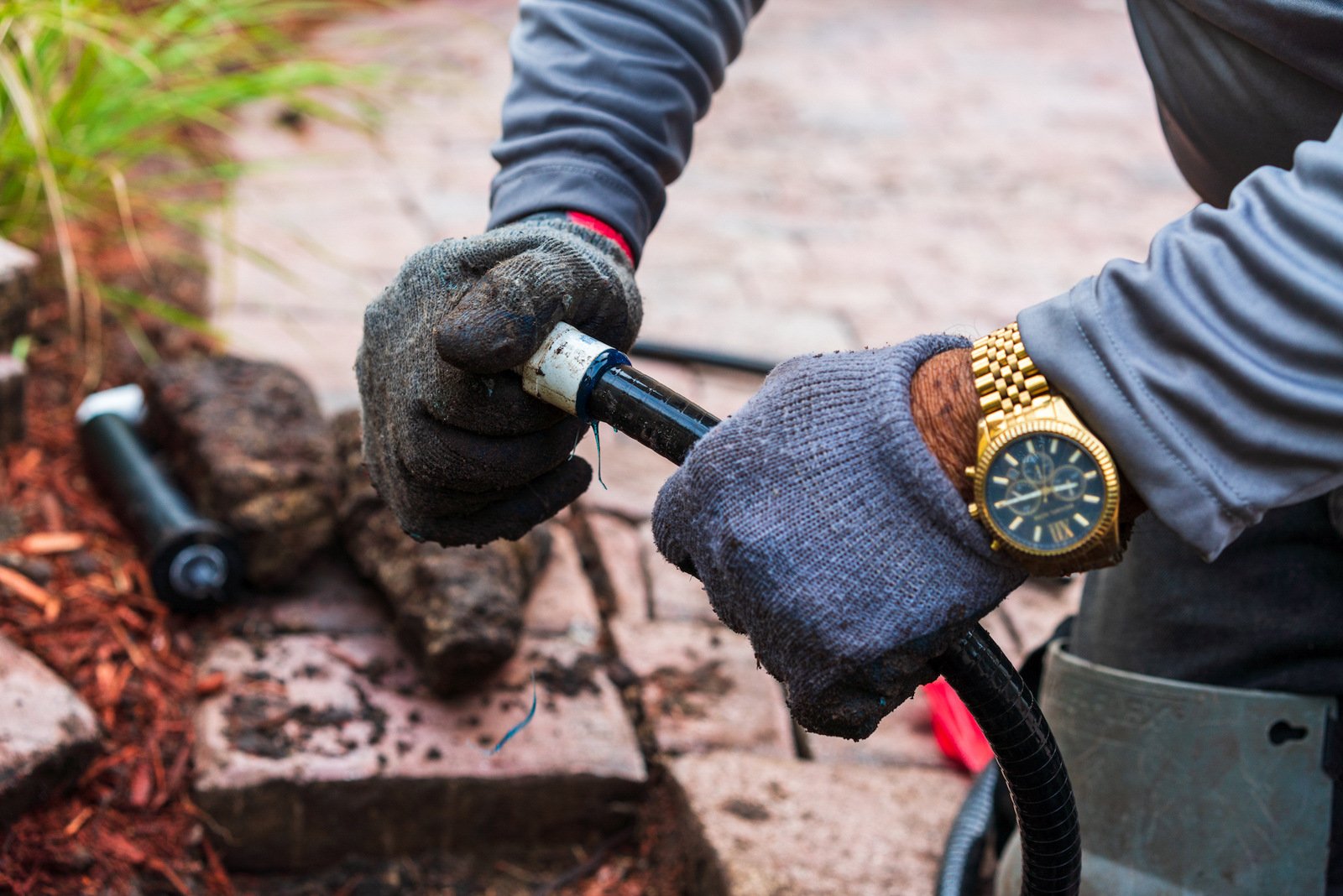The goal of an automated sprinkler is to water your landscape according to a scheduled program. However, you might discover that some areas are overly wet after or between watering cycles, which means there's a leak.
Since most of your sprinkler's components are located underground, you might not immediately know that there's a leak. Besides wasting water, sprinkler leaks can damage your garden and lawn if you don't catch and repair them quickly.
If you discover a leak in your system, Orlando sprinkler repair is ready to give you prompt and precise services. Here's a list of possible causes for the leaks.
Low-head Drainage
Low-head drainage takes place when water siphons from the lowest sprinkler in a particular zone once the program is complete. After the watering cycle, any remaining water in the system line drains to the lowest zone point. If there's a sprinkler head in that area, the water will continue flowing until it attains equilibrium or the zone's pipes become empty.
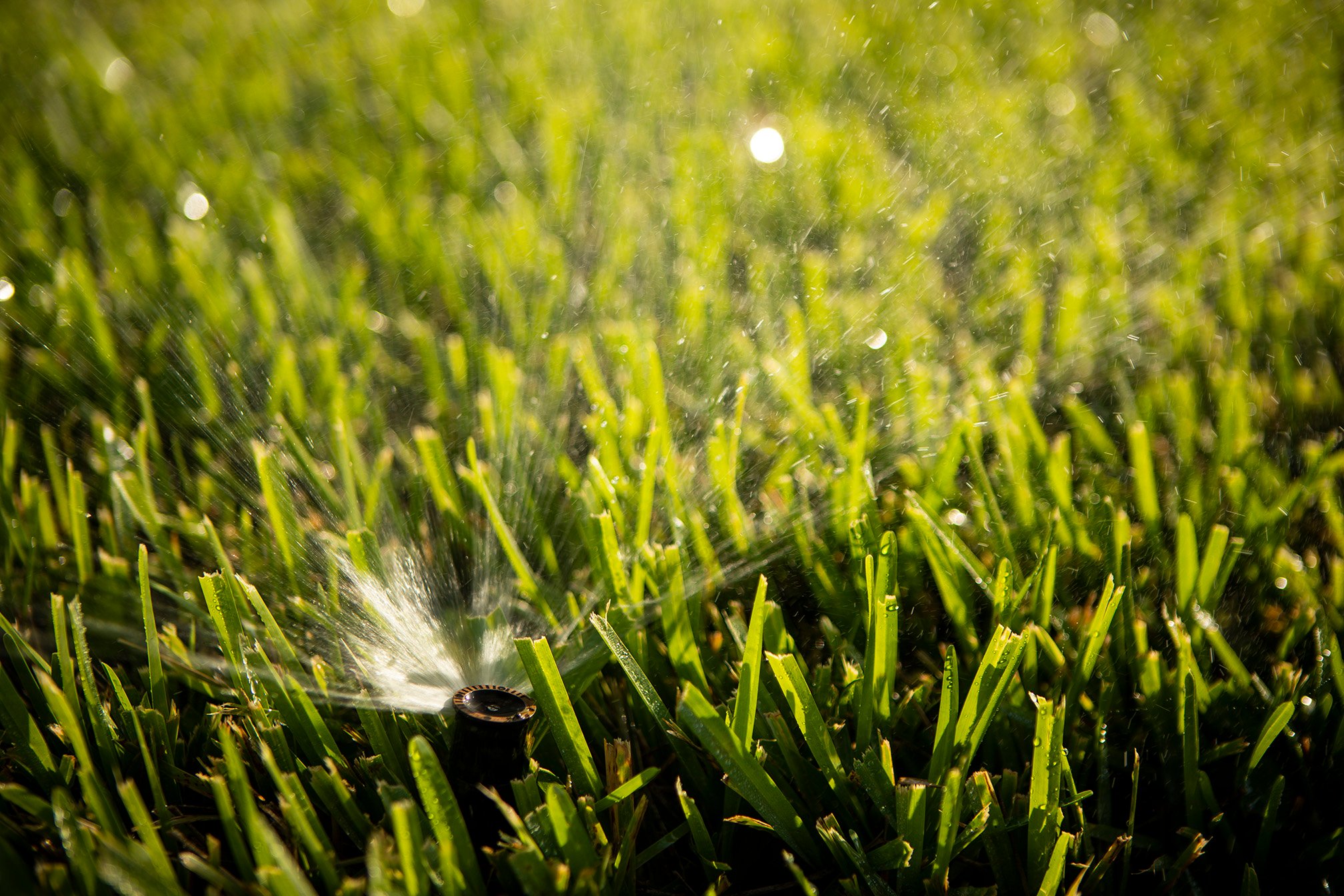
It's common for water in sprinklers to seek equilibrium because of gravity flow. Typically, this isn't an issue. However, if the drainage produces water flows or puddles over driveways or walkways, we recommend you contact professional Orlando sprinkler installers to address it.
You can solve this issue by adjusting your sprinkler or installing drain check valves. If you can't do this yourself, our professional staff can help you.
Broken Pipes
Broken pipes are a common cause of wet spots in your landscape. Sprinklers have two kinds of water lines in which breaks could arise-main and lateral lines. To fix a broken pipe, we'll first have to establish which line is broken. If it is the main line, you should shut off the water supply immediately.
Lateral lines supply water to every zone and are under pressure when the sprinkler is running. Unfortunately, it's difficult to identify breaks in lateral lines. Small or large, lateral line breaks can cause holes and soil erosion in your flowerbeds or lawn.
Both main and lateral line breaks result in water waste and landscape damage through erosion or over-watering. Line breaks need repair by our professionals who will make sure that contaminants, like, dirt, don't get into the line during repairs. Such contaminants could block or damage your sprinkler permanently.
You can still use your sprinkler when there is a break in the lateral line. You simply need to turn off the zone in which there's a break until we repair your sprinkler to prevent additional damage to the landscape.

Control Valves
Each valve in your sprinkler is like a faucet, which shuts off and turns on water flow. Like any faucet in your home, they can leak. A leaky valve typically arises due to a blockage in the mechanism that runs the valve. A blockage could also be an indication that the valve is worn out and requires replacement.
You can spot leaky valves easily because water will continue flowing out of the sprinkler long after you've shut it off. However, this type of leak could also be an indication of low-head drainage.
Tips on Maintaining Sprinklers
Regular Examination
It's imperative you perform a close examination of your sprinkler system at least a few times per season. We recommend you conduct the first check at the beginning of the season when you're preparing to turn on the system. The second examination should take place at the halfway point.
If possible, you can check your system on a monthly basis. Examine the controller to make sure it's functional and plugged in firmly. Make sure the sensors and wires are connected properly and change the schedule for the needs of the present season and your landscape's condition. Finally, turn every individual zone on to check for damage.
Take Care of the Sprinkler Heads
Don't presume the sprinkler heads are always in great shape and will work to perfection. As time goes by, the likelihood of sprinkler heads sinking or breaking increases considerably. The heads endure damage from improper installation, lawn mowers, and ordinary wear and tear.
It's advisable you install heads on swing pipes, enabling them to float within the soil and making them less vulnerable to damage.
Flush the Sprinkler System
Make sure you flush the system at the beginning of the season. Ordinary wear and tear or contaminated water can potentially block the nozzles. Make sure you flush the initial point of the system to avoid clogging. Otherwise, debris will breach the system and block the nozzles.
Besides flushing the system, you must install screens on every sprinkler head and take measures to improve the system filtration.
Sprinklers play a vital role in our homes. However, they're susceptible to leaks, which make them inefficient. Fortunately, Orlando sprinkler installation is there to offer a solution.



